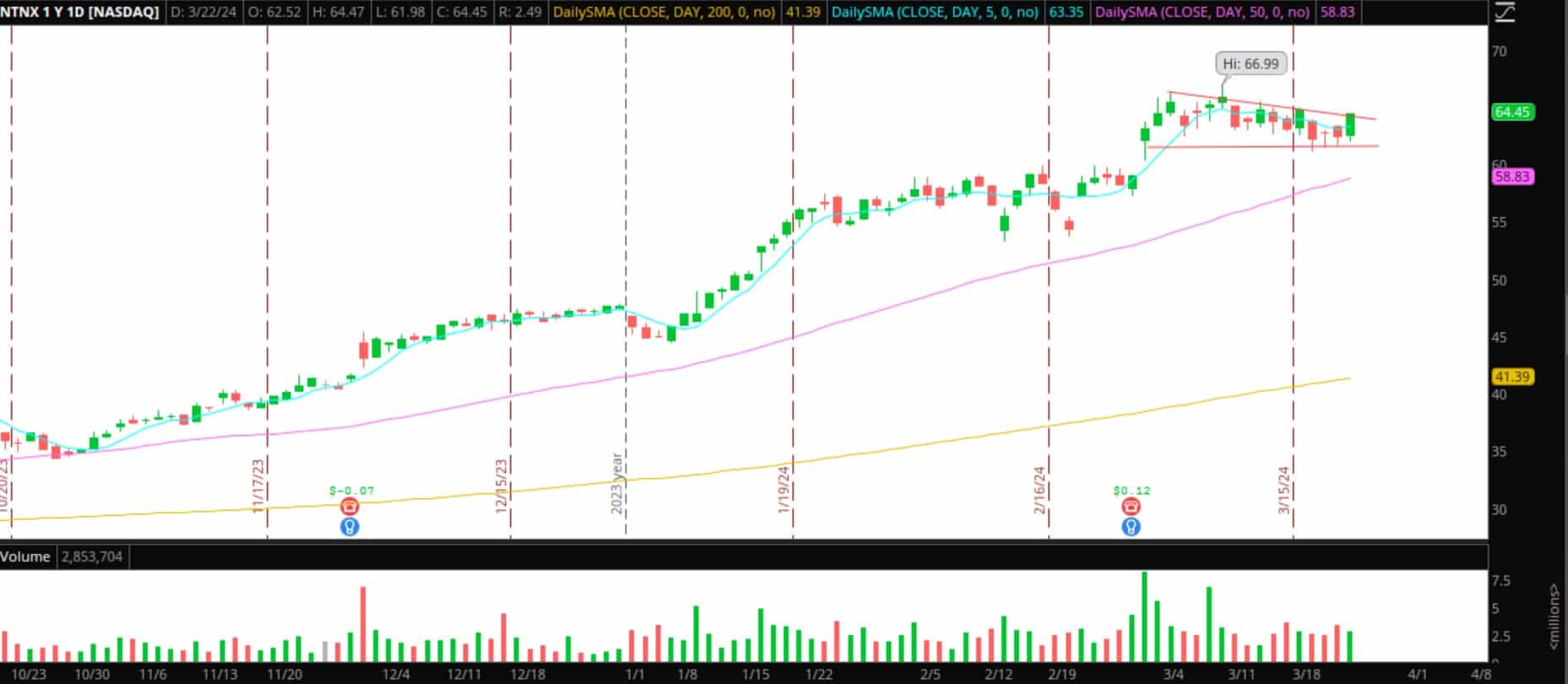Each a part of Barbara Peraza-Garcia and her household’s single-room condominium in Seattle has a double and even triple function.
The 180-square-foot room is full of an air mattress the place she, her associate and their kids, ages 2 and 4, sleep. It’s additionally the place they play or watch TV. At mealtimes, it turns into their eating room.
It’s a good squeeze for the household of asylum-seekers from Venezuela. However at $900 a month — greater than $550 lower than the common studio in Seattle — the micro-apartment with a bare-bones rest room and shared kitchen was simply inside their price range and gave them a fast exit from their earlier association sleeping on the ground of a church.
“It’s heat. We are able to prepare dinner ourselves. Now we have a non-public rest room. It’s quiet,” mentioned Peraza-Garcia, whose household got here to the U.S. to flee crime in Venezuela and so she might entry important medicine to fight cysts on her kidney. “We may be right here as a household now.”
Boardinghouses that rented single rooms to low-income, blue-collar or momentary employees had been prevalent throughout the U.S. within the early 1900s. Generally known as single room occupancy models, or SROs, they began to vanish within the postwar years amid city renewal efforts and a concentrate on suburban single-family housing.
Now the idea is reappearing — with the fashionable title of “micro-apartment” and aimed toward a much wider array of residents — as cities buffeted by surging homelessness battle to make housing extra reasonably priced.
“If you happen to’re a single individual and also you desire a low-cost place to dwell, that’s as low cost as you’re going to get with out looking for a backed condominium,” mentioned Dan Bertolet, senior director of housing and urbanism for the nonprofit analysis middle Sightline Institute.
The Pacific Northwest is a pacesetter within the resurgence of this type of reasonably priced housing. Oregon final 12 months handed a invoice opening the door for micro-apartments and Washington state lawmakers this 12 months did the identical, beginning to clear purple tape that for years has restricted building of the tiny models, that are a few third the dimensions of a mean studio condominium.
The Washington invoice, which was signed this week by Democratic Gov. Jay Inslee after receiving practically unanimous assist within the Legislature, would require most cities to permit micro-apartments in residential buildings with at the least six models, in line with the Division of Commerce. It takes impact in late 2025.
The laws is an effort to counteract skyrocketing housing costs and, within the Seattle space, one of many nation’s highest charges of homelessness, in addition to a important housing scarcity.
Extraordinarily low-income renters — these beneath federal poverty tips or incomes 30% of the realm median earnings — face a scarcity of seven.3 million reasonably priced rental properties, in line with a Nationwide Low Earnings Housing Coalition report revealed final week. Such households account for 11 million — or practically one-quarter — of renters nationwide, the report mentioned.
Rep. Mia Gregerson, who sponsored Washington’s invoice, mentioned she predicts the measure will result in hundreds of models being inbuilt her state, offering unsubsidized reasonably priced housing to everybody from younger individuals getting their first condominium and older adults downsizing to these popping out of bodily or psychological well being therapy.
“Authorities can’t shut that hole all by itself, it has to have for-profit, market-rate housing constructed all on the identical time,” mentioned Gregerson, D-SeaTac.
The U.S. misplaced a whole bunch of hundreds of SROs within the final half of the twentieth century as associations with poverty and substandard lodging sparked restrictive zoning legal guidelines. Some cities outlawed their building altogether — a loss some housing specialists say helped contribute to the homelessness disaster.
Going through that disaster and a important housing scarcity, cities and states throughout the nation at the moment are shifting their stance.
In December, as her state grappled with an enormous inflow of migrants, New York Gov. Kathy Hochul introduced a $50 million program aimed toward repairing and renovating 500 SROs throughout the state. New York Metropolis misplaced at the least 70,000 such models between 2014 and the early twentieth century, in line with a report from New York College’s Furman Heart.
However there’s concern that one of these reasonably priced housing just isn’t an excellent match for an particularly susceptible group — households.
There are greater than 3,800 unhoused households with kids within the Seattle space, among the many highest within the nation, in line with the U.S. Division of Housing and City Growth 2023 one-night depend.
Cities must concentrate on constructing reasonably priced housing that additionally consists of bigger models, equivalent to studios and one-bedroom residences, mentioned Marisa Zapata, a land-use planning professor at Portland State College.
“My largest concern is that we are going to see them as the answer and never do proper by our neighborhood members by constructing the housing that folks need,” she mentioned of micro-apartments.
The invoice handed by Oregon lawmakers final 12 months requires native governments to permit single room occupancy models in areas zoned for residential use. The supply took impact Jan. 1.
Central Metropolis Concern, a Portland-based homeless companies nonprofit, leases greater than 1,000 SRO models — each backed and never — to people who find themselves thought of extraordinarily low earnings. It helps individuals struggling to entry housing resulting from issues like eviction histories and poor credit score scores.
The models have a median hire of $550 a month, making them a “important possibility” for individuals exiting homelessness or dwelling on fastened incomes, equivalent to these with disabilities, mentioned Sarah Holland, senior director of supportive housing and employment. Over 80% of tenants had been previously homeless, she mentioned, and a few have been dwelling of their models for 30 years.
“As prices proceed to escalate in Portland, it offers them the prospect to remain of their residence,” she mentioned.
Cheyenne Welbourne moved into one of many nonprofit’s micro-apartments in downtown Portland final March after years of dwelling on the streets. The room, which has a curtained-off bathroom and sink, is simply large enough to suit a single mattress, a chair and a TV. However to him, it’s a treasured residence that he’s adorned with colourful lights, potted vegetation and motion figures. He makes use of the small kitchenette, which options an induction cooktop, for making the tea he likes to drink.
“All I had was simply me and my backpack, and that’s it,” he mentioned. “I used to be simply blissful to be in right here and that I didn’t need to spend one other winter on the market.”
“I simply desire a residence, you already know? A pleasant residence, an honest residence.”
Some specialists hope the Pacific Northwest will encourage extra states to take comparable steps.
“The alternate options are … individuals being in shelters, individuals being on the road, individuals being doubled, tripled, quadrupled up,” mentioned Vicki Been, school director at New York College’s Furman Heart and a regulation professor.
For Peraza-Garcia’s household in Seattle, the tight squeeze is value it to be in the identical complicated as their cousins and strolling distance of grocery shops, a park and preschools. They plan to spend the following 12 months within the micro-apartment after which transfer to a much bigger place if they will get good-paying jobs.
“We’re blissful as a result of we’re right here in a quiet place the place we may be collectively as a household,” she mentioned.
____
Related Press reporter Manuel Valdes in Seattle contributed to this report.















